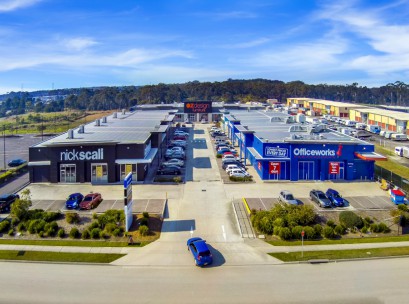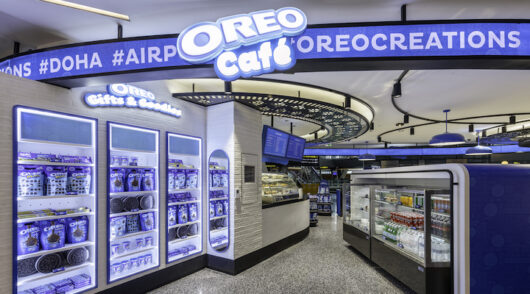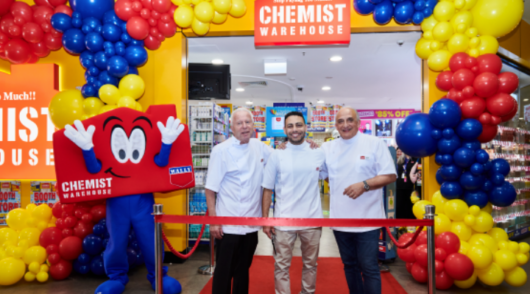 2018 is shaping up to be a solid year for the Australian retail investment market if 2017 figures are anything to go by, according to real estate firm Savills.
2018 is shaping up to be a solid year for the Australian retail investment market if 2017 figures are anything to go by, according to real estate firm Savills.
According to its latest report, Savills said national retail investment volumes reached a 10 year high at $9.17 billion in 2017, with almost half of the total value invested in the $200 million + segment, a trend which hasn’t been seen since 2007.
While overall volumes appeared to moderate during the first half of 2017, major investment volumes quickly recovered and the final quarter closed strongly.
According to Katy Dean, associate director, Research & Consultancy, Savills Australia, although investment volumes in 2015 got close to $9 billion, Australian retail investment in 2017 ($5m+) outshines any level seen in the last decade.
“Of the surveyed markets, NSW and QLD were the headliners, recording significant rises in investment volumes on a year-on-year basis,” she said.
“Investment volumes in NSW accounted for 45 percent of national volumes at $4.124 billion, almost double the volumes seen in 2016. QLD accounted for almost 30 percent of the total tally at $2.712 billion, a 28 percent rise on the volumes recorded in 2016.
“VIC accounted for 20 percent of national volumes at $1.466 billion, however following a surge in 2015 and 2016, volumes were lower for the year ending 2017.
“WA and SA account for around 9 percent of the total and while volumes in SA dropped to $230 million in 2017, down from $394 million in 2016, WA volumes increased 5 percent to $614 million, up from $582 million.”
Dean went on to say that November was the most active month of the year, setting the pace for December which saw a continuation of the high volume, mostly in NSW and QLD, making it the second most active month of 2017.
“That surge through November and December has provided a significant boost to the year-end volumes and created a brighter outlook as we start 2018,” she continued.
According to Steven Lerche, national director of Retail Investments, Savills Australia, 2017 saw the retail property market fuelled by low interest rates, rapid population growth and large volumes of foreign capital.
“Market conditions remained strong across all sectors but the biggest winners have been the non-discretionary neighbourhood centres and freestanding supermarkets – both of which have been hotly contested.
Lerche said most active investors are onshore REIT’s, funds, syndicates and private. Offshore Chinese investment has been patchy but they have targeted well located (next to train stations) redevelopment opportunities allowing for integrated living, shopping and entertaining.
“Large format retail has remained an active sector with yields falling sharply as investors have been keen to secure such assets,” he said.
From a national perspective, Dean said regional, sub regional and neighbourhood transactions were the largest contributors to overall volume numbers, with deals in the regional sector ($2.508 billion) mostly responsible for the record-breaking year. The last time regional sales volumes got close to this level was back in 2007 ($2.87 billion).
“On average the market turns over $1.02 billion in regional assets annually, with sales in 2017 buoyed by five main transactions with stakes selling in Indooroopilly SC in QLD for $800 million, Kawana Shoppingworld in QLD for $186 million, Highpoint SC in Vic for $660 million, Chatswood Chase in NSW for $562.3 million and Rockingham SC in WA for $300 million.
“Neighbourhood Centre transactions accounted for 20 percent of total volumes, $1.840 billion across the capital cities surveyed, well above the $1.38 billion recorded in 2016.
“After recording $1.629 billion, the large format sector was a major standout in regards to investment volumes, reaching its highest level in the past decade,” she continued.
Lerche said despite a shift in retail spending, we expect investment sales volumes in 2018 to remain steady.
“Yields will remain tight due to the continued historically low interest rates and the private sector is likely to continue to cash out at what they believe to be the top of the market.
“In 2018, we could see similar levels of supply however we do expect a thinner buyer pool. Sydney will remain the defensive location with population growth fueling investment demand.”
Access exclusive analysis, locked news and reports with Inside Retail Weekly. Subscribe today and get our premium print publication delivered to your door every week.





